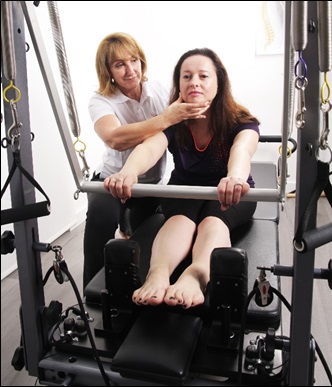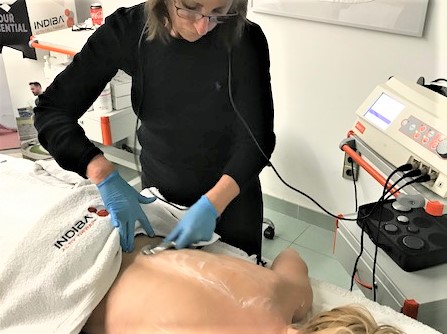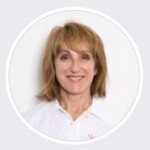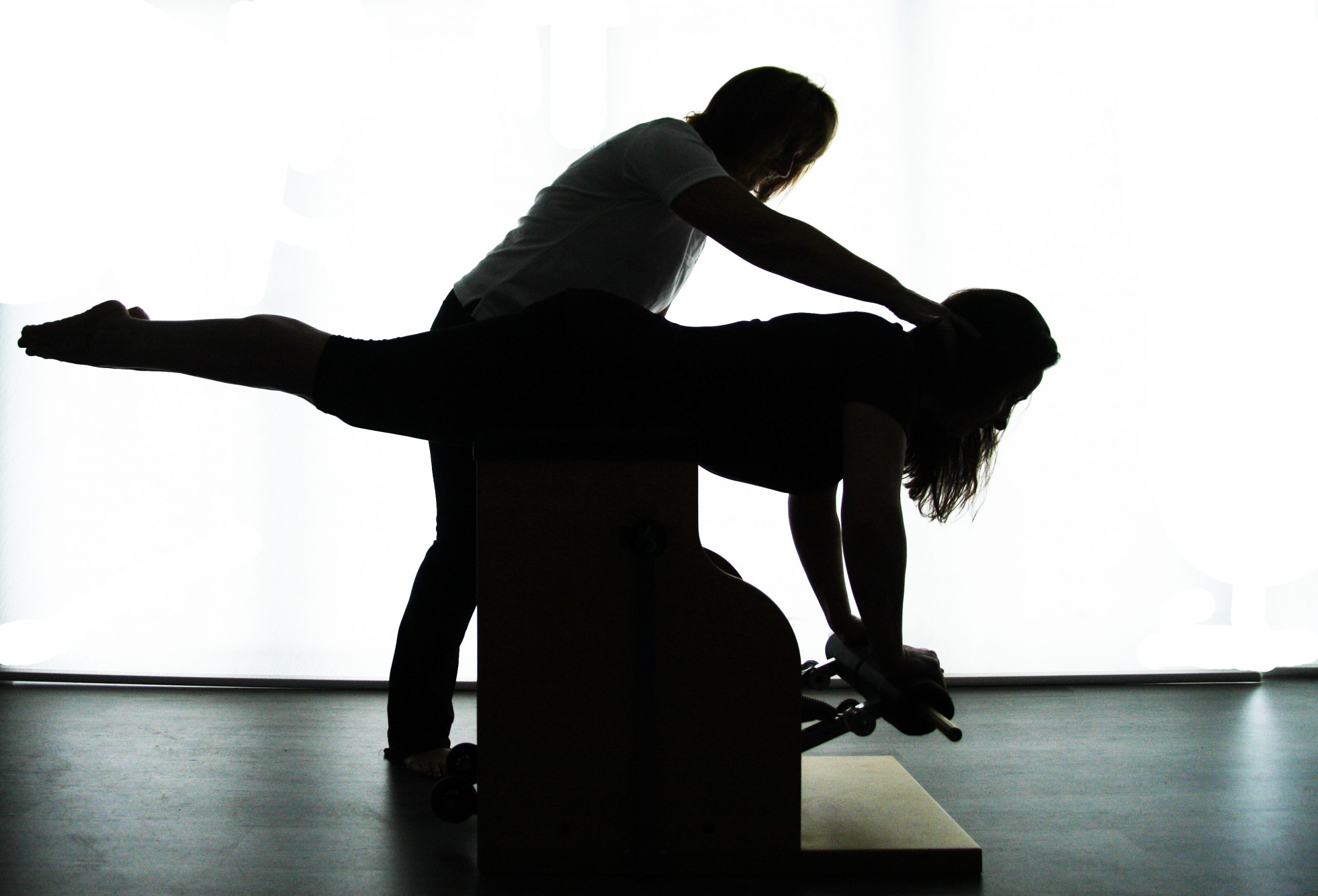It is well established that exercise has a therapeutic effect on osteoarthritis of the knee. Hydrotherapy has been frequently used in the management of disabilities in a wide variety of patient populations. However controlled studies of hydrotherapy interventions have been inconclusive or have shown little benefits compared to land-based exercise.
The purpose of this study was to investigate whether participants made greater gains in the immediate post-treatment outcomes from hydrotherapy or from land-based group treatment.
Institutional ethics approved thirty participants with mean age 63.4 years and mean weight of 70 kg, both male and female who provided written informed consent and performed their exercise therapy as required.
Participants underwent an exercise treatment of between 40 and 60 minutes twice a week over three weeks. Baseline tests were carried out prior to commencing the exercise programme and measures taken again after completion. Each participant was measured on four scored subscales as specified for the Knee Injury and Osteoarthritis Outcome Scale (KOOS)1: Pain, Symptoms, Activities of Daily Living and Quality of Life; and on three physical measures: a six-minute walk test, transferring from sitting to standing time and quadricep strength.
Linear model repeated measures statistics were produced using SPSS v14 to compare the dependent variables and ANOVA with Post-hoc Tukey statistics were produced to compare the groups (P=<0.05).
The outcome presented no variance in the effect of hydrotherapy as against land-based exercise in the pain variable pre- and post-treatment (P=0.01 in both cases) but an improvement when exercise was compared with the control. With regard to Activities of Daily Living again there was a significant improvement from the exercise groups against the control (Land: P=0.026 and Hydrotherapy: P=0.013). Quality of Life showed an improvement in Land participants when compared to Hydrotherapy and Control (P=0.013). Quadricep strength demonstrated amelioration from hydrotherapy participants compared to Land and Control (P=0.05).
Hydrotherapy proved to be significant in the improvement in the physical tests, with Land-based treatment showing greater improvement in the KOOS outcomes.
1 Reference: Roos, E. and Lomander, S. (2003). The knee and osteoarthritis outcome score (KOOS): from joint injury to osteoarthritis. Health and Quality of Life Outcomes, 1:64 http//www.hqlo.com/content/1/1/64.




